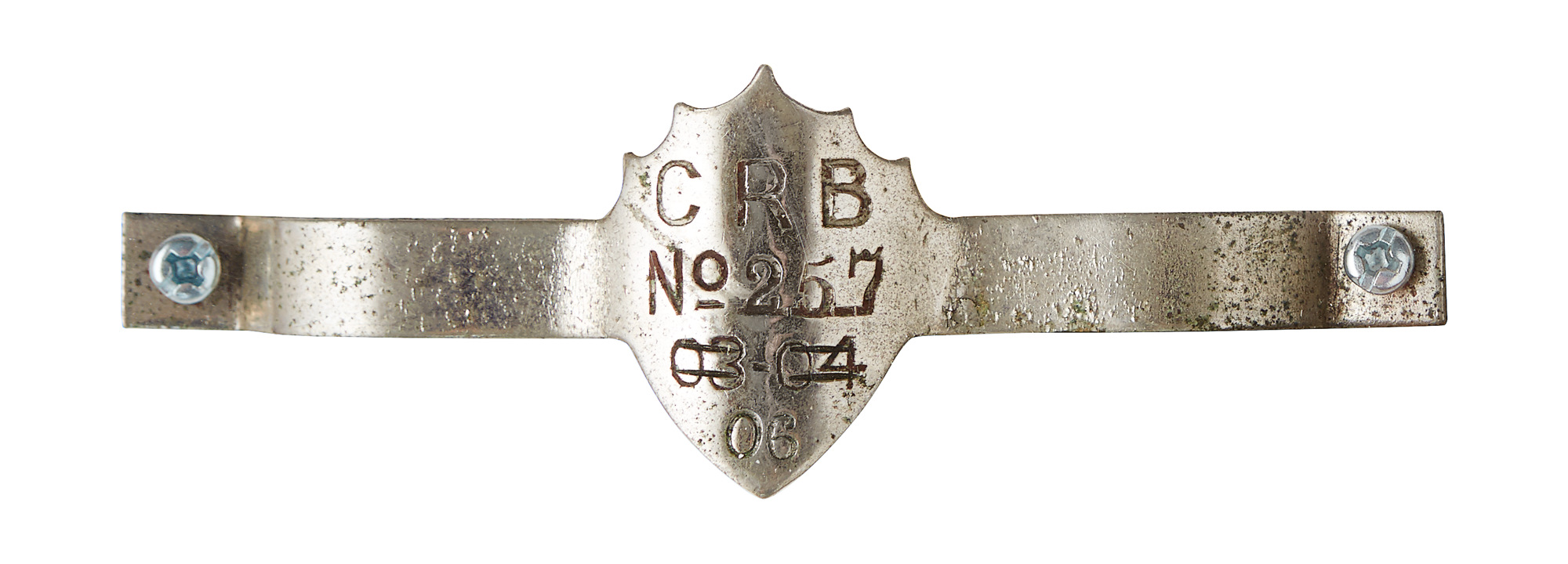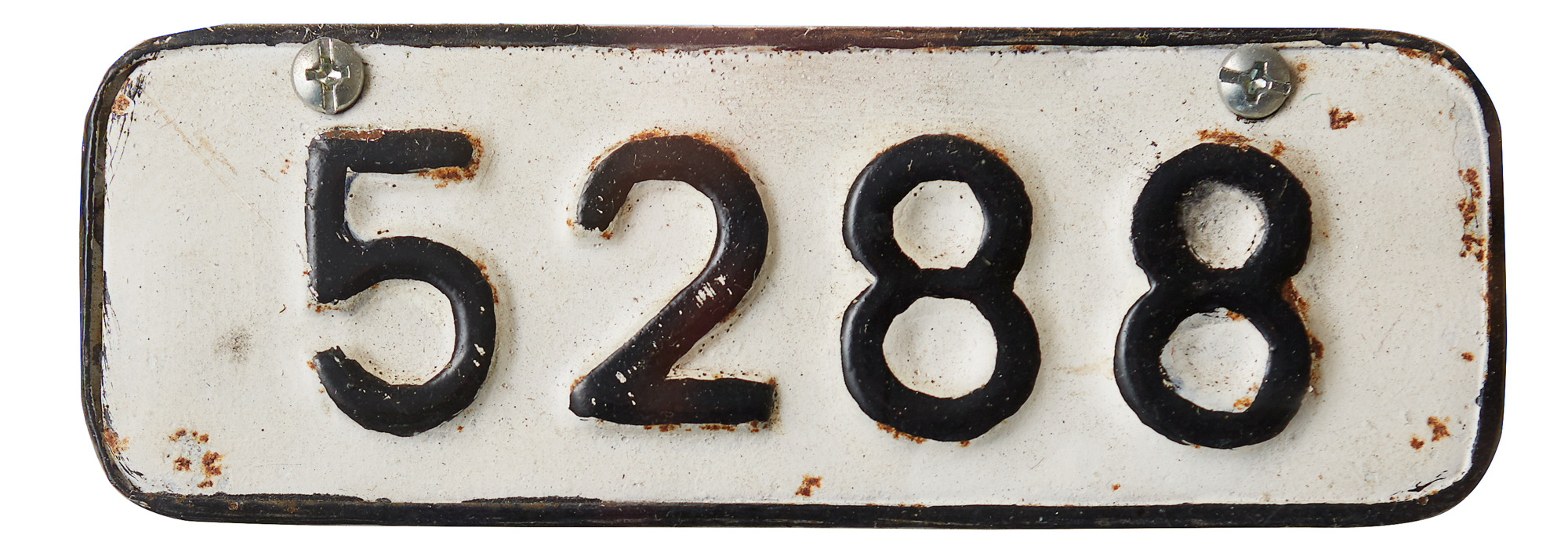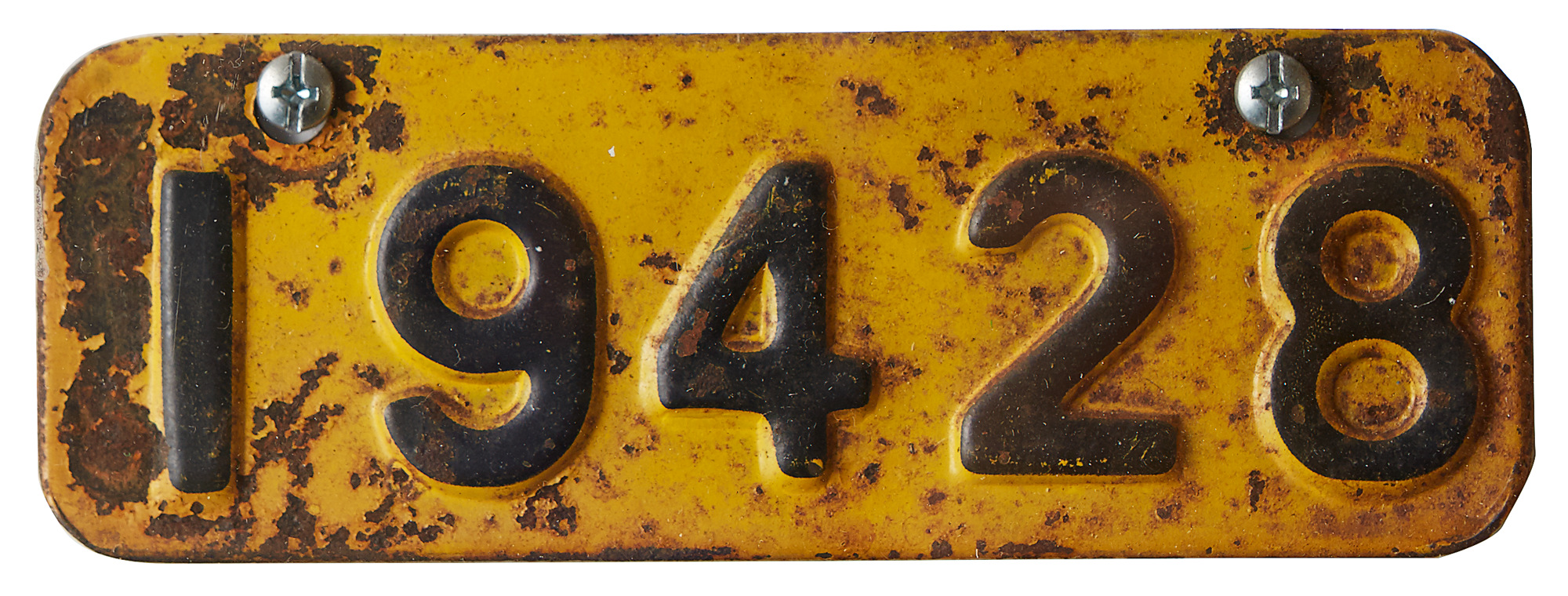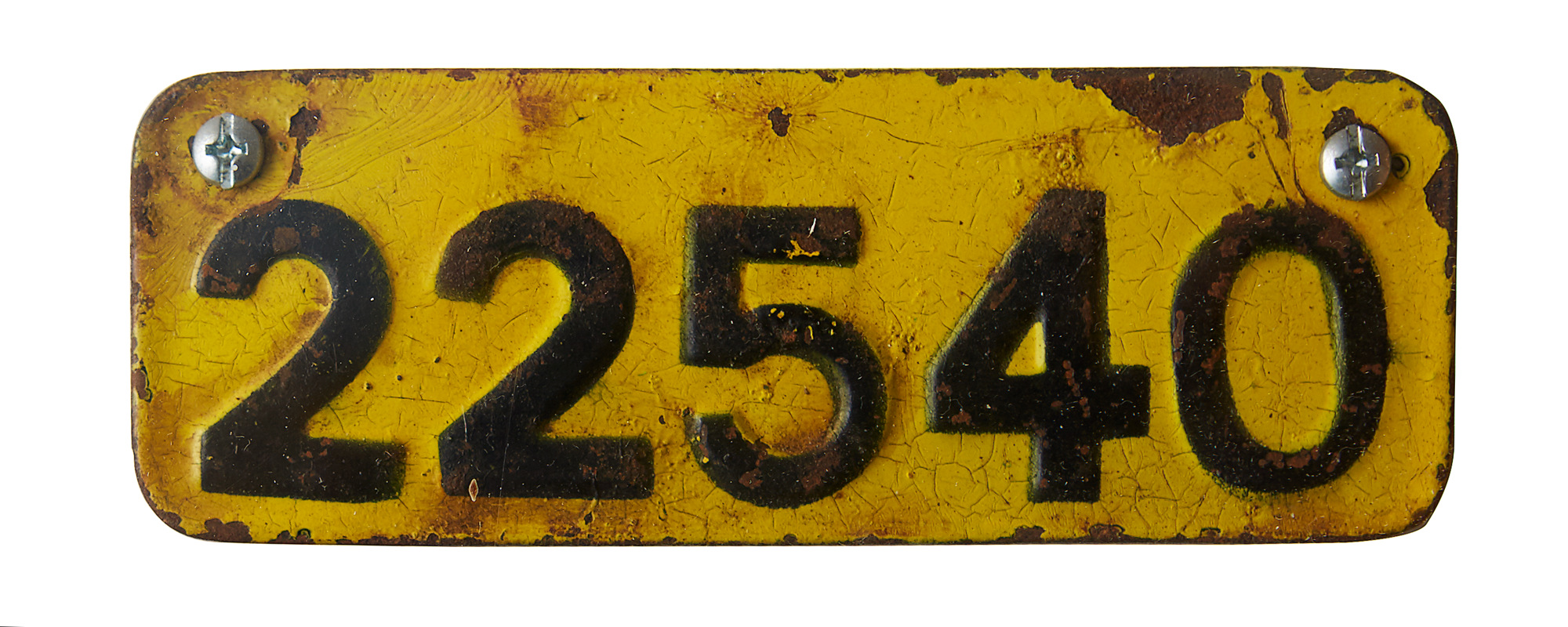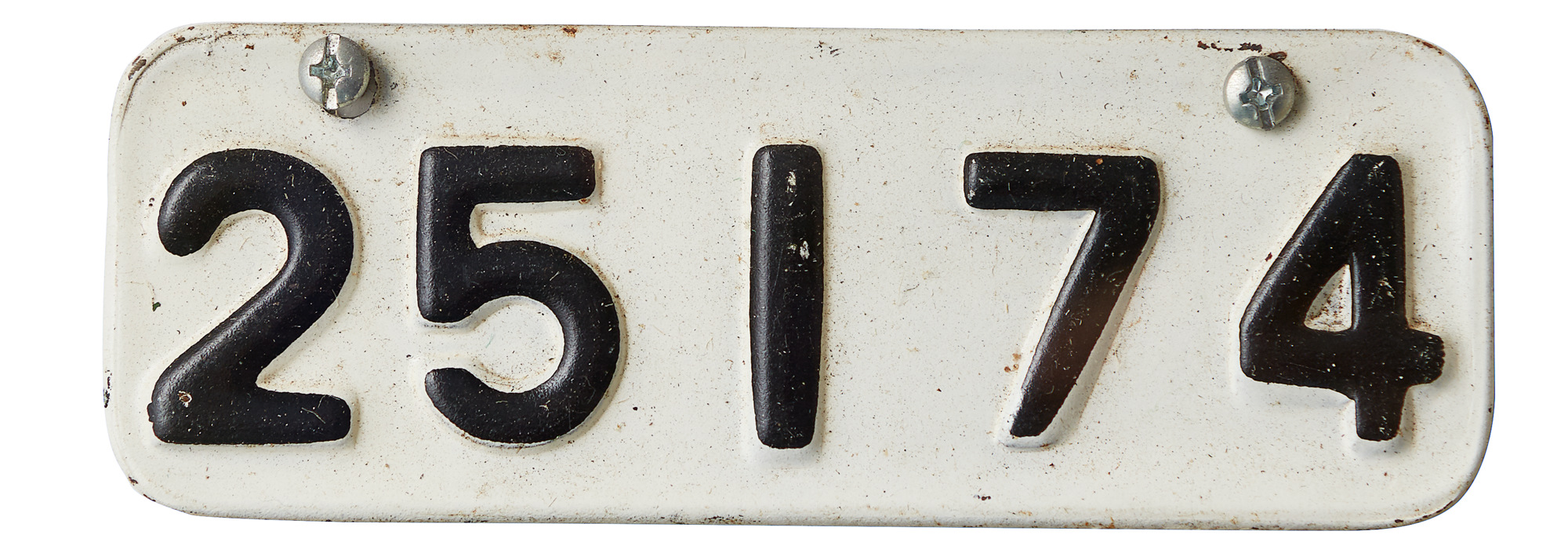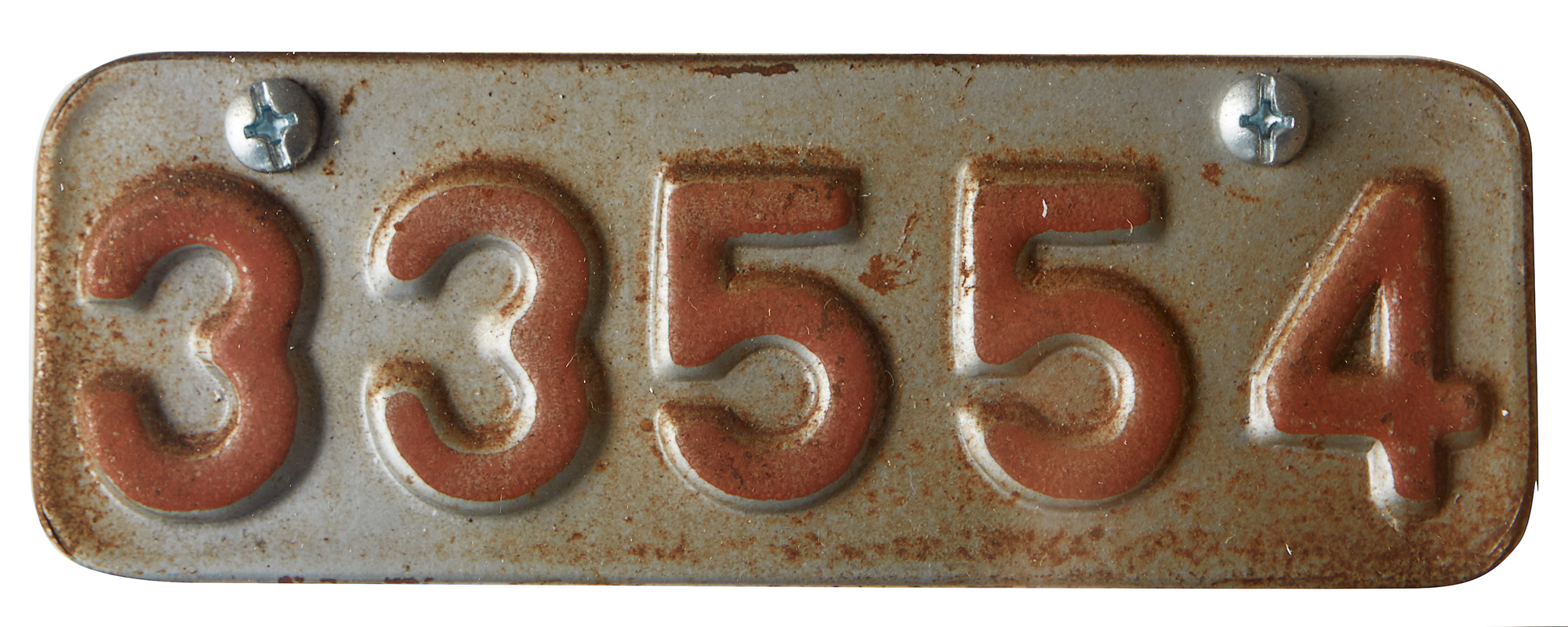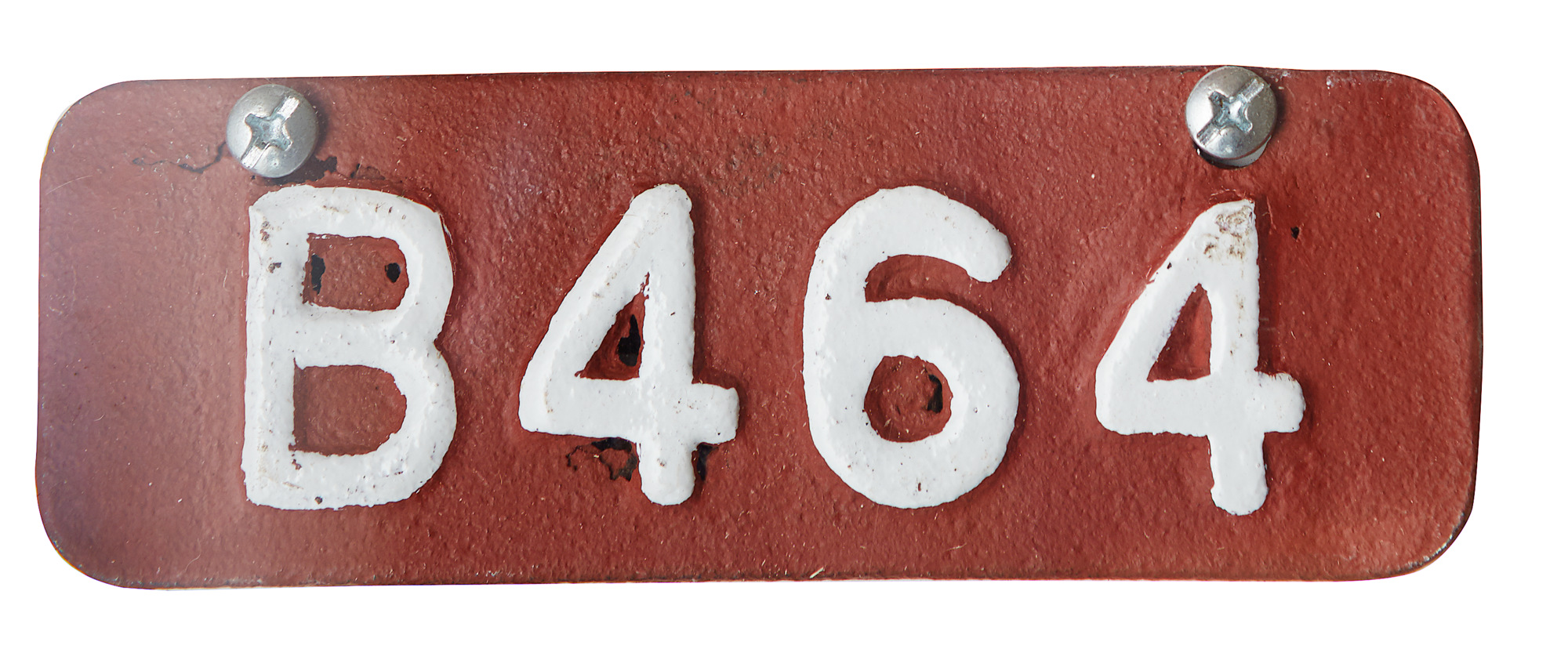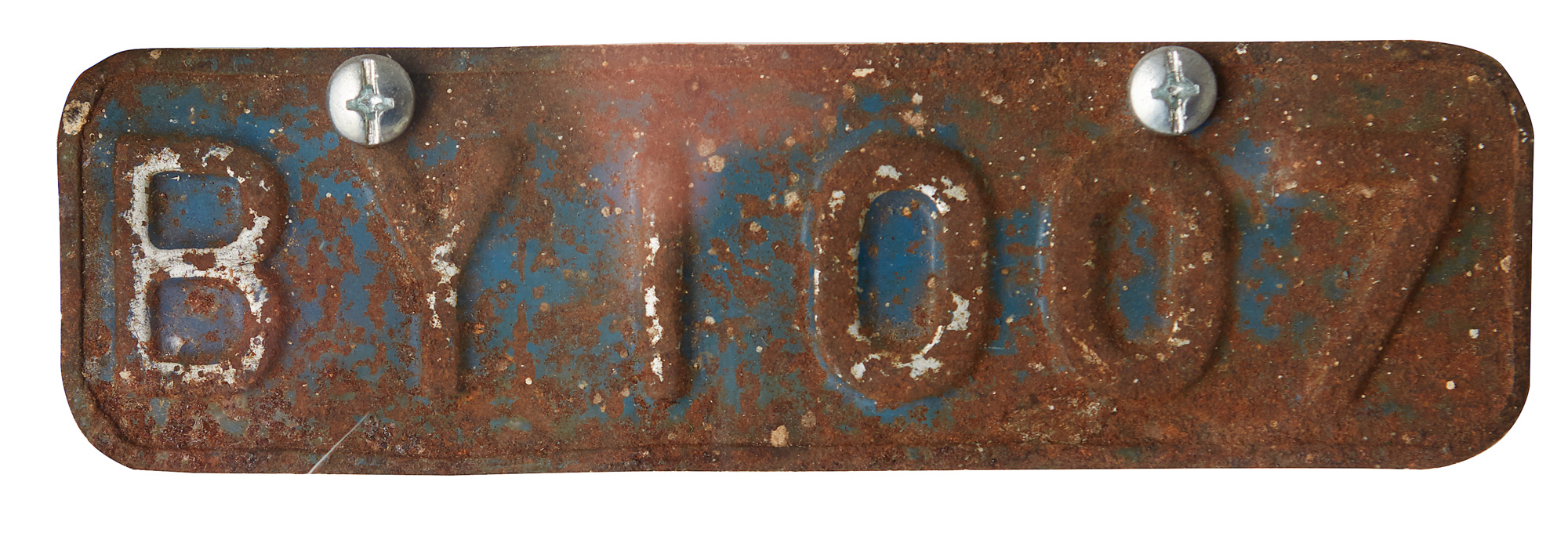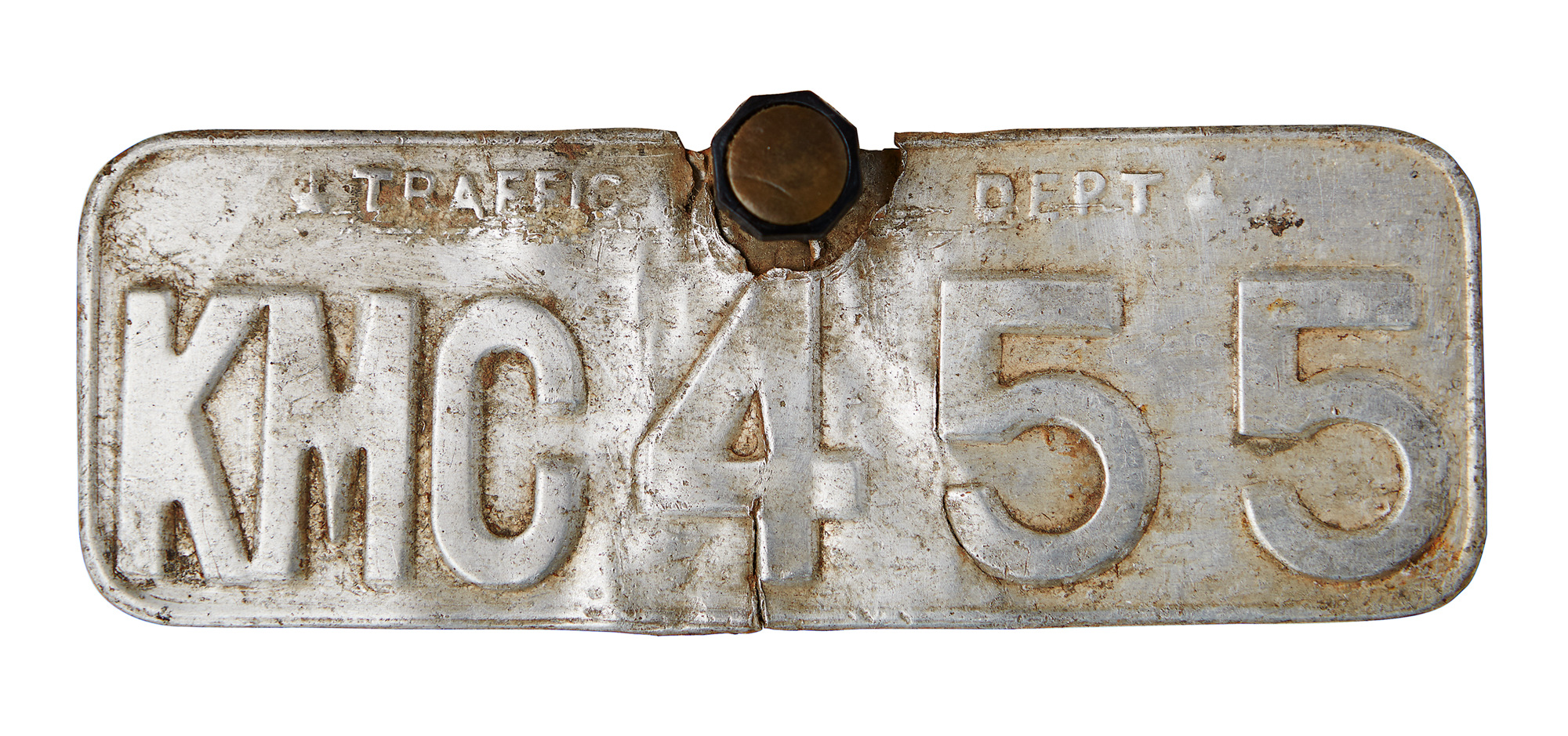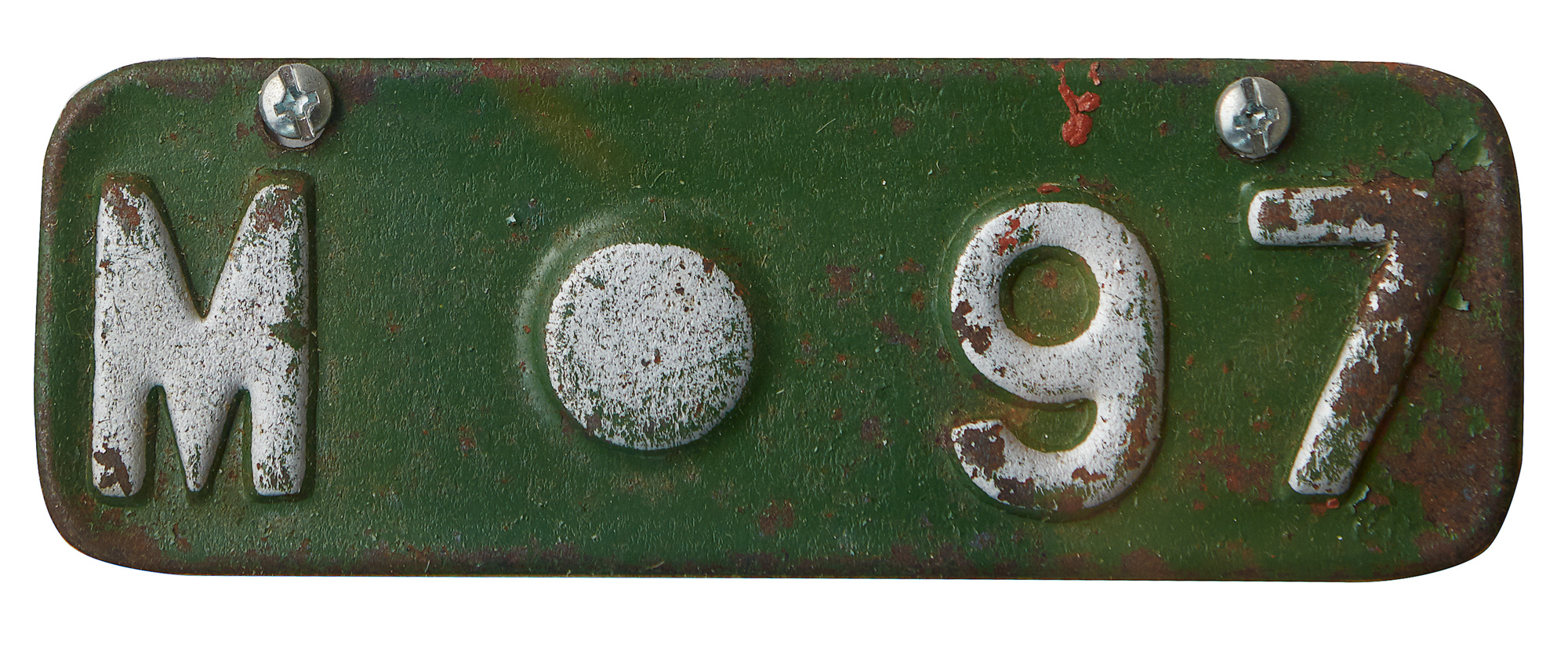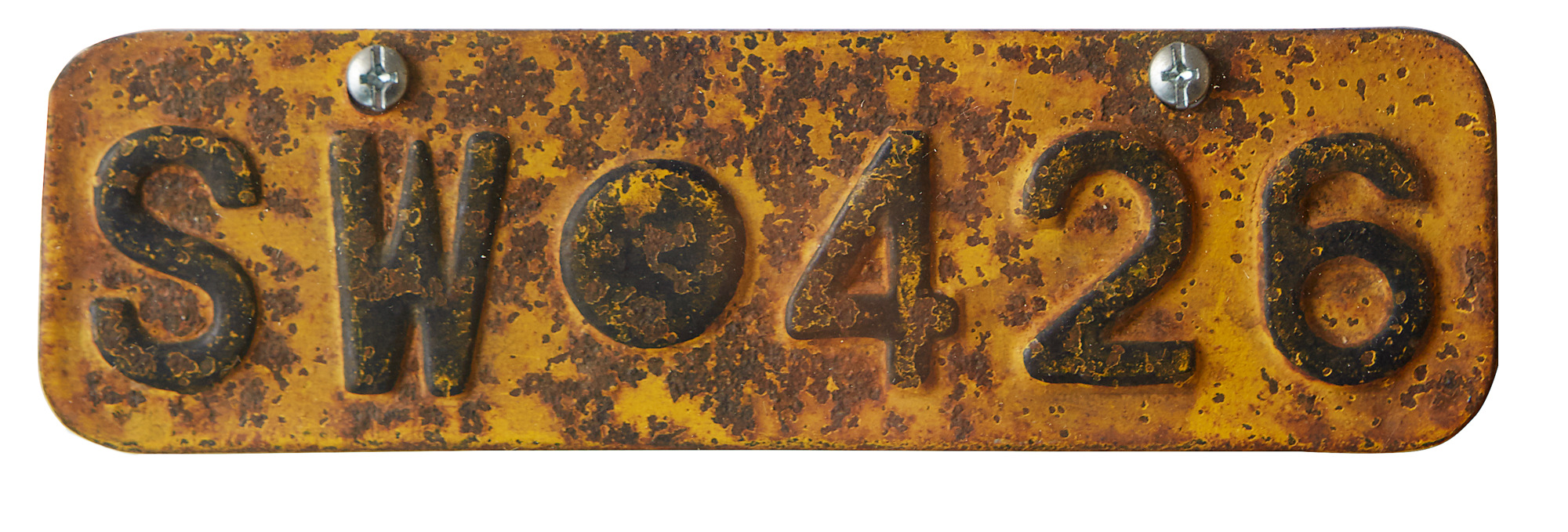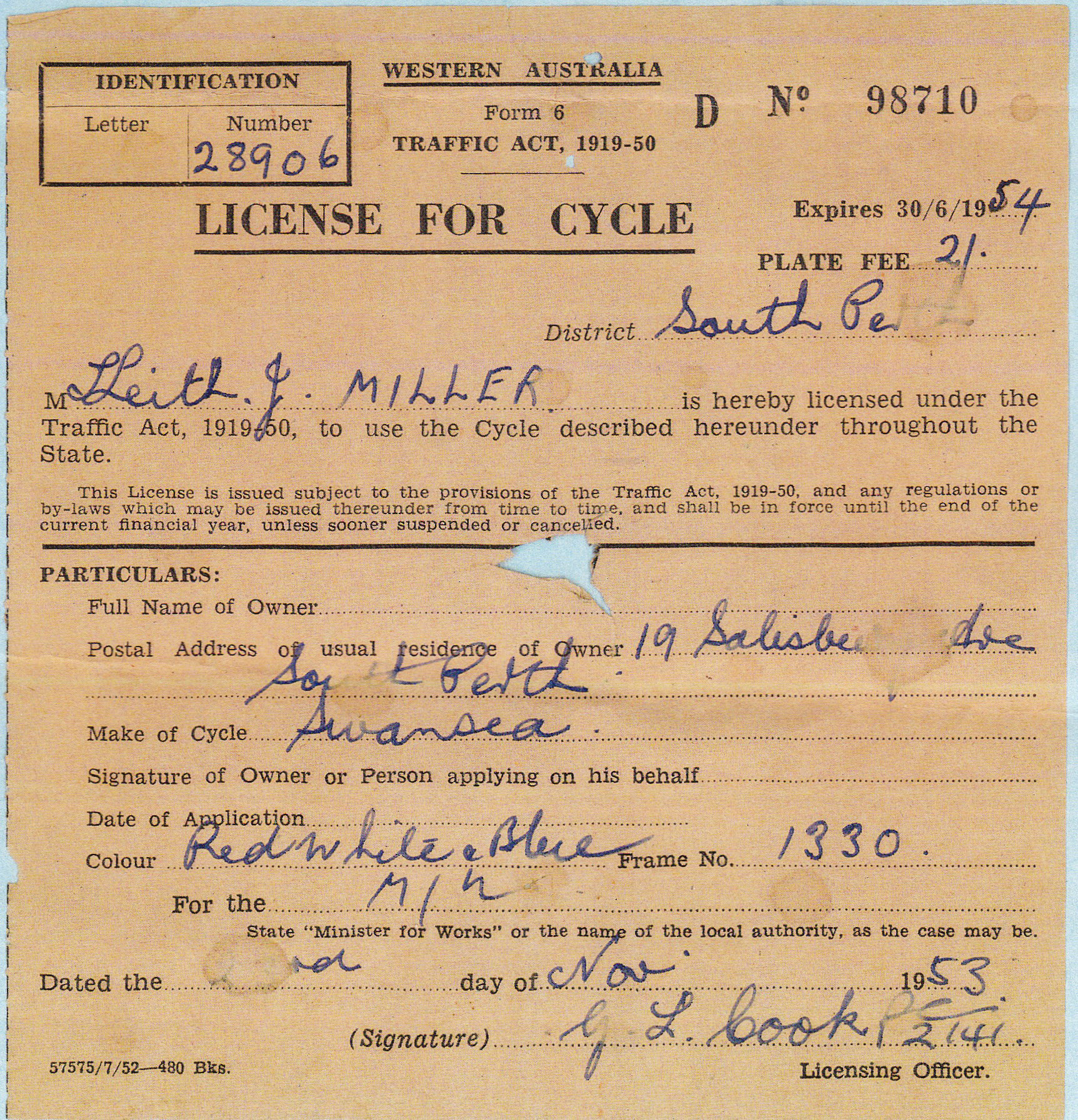WA Bicycle Number Plates
Bicycle registration is a bit of a hot button dog whistling topic these days. It’s been tried and dropped in WA in the past, but the relics of the experiment live on in a few club members’ collections. If they’re still hanging off a bike they could help establish the bike’s age or origin.
The earliest WA plates go back to the turn of last century. These Cue Road Board plates from the early 1900's were designed to wrap around the headtube.
Most plates are more conventional, smaller than car plates but otherwise similar in appearance.
The "Uniform Bicycle Tax" was introduced into the WA Traffic Act in 1913, to replace regional schemes that authorities like Cue and Coolgardie already had in place. A public meeting was held in Victoria Park Town Hall on March 28th 1914 to protest the introduction of bicycle registration, and in fact due to an oversight in the original legislation which made no provision for number plates bicycles weren't registered until 1917. (See Daily News article below)
The following partial list was compiled by Merv Thompson.
White or silver on red - 1939
Black on yellow - 1940, 1949, 1954, 1960
Black on white - 1941, 1945, 1952, 1958
White on green - 1942
White on black - 1917, 1944, 1950
Silver on red - 1948, 1953, 1959
White on blue - 1951, 1957, 1963
Silver on green - 1955, 1961
Black on silver - 1956, 1962
Silver on black - unknown
Blue on white - unknown
Daily News, Thursday 8 November 1917, page 2
THE BICYCLE TAX - HOW IT ORIGINATED - THE UNIFORM BY-LAWS - SUBIACO CONSIDERING.
During the past week owners of bicycles almost forgot that there was a world war in progress, and talked little else but bicycle tax. They paid cheerfully the half-crown demanded by the City Council for registration, others demurred, others protested vigorously and paid, and others have not yet paid. The town clerk has been asked to bear the brunt of the criticism of a tax that is not popular, but as a matter of fact had little or nothing to do with the matter.
The by-law has been in existence for four years, and it is only at this juncture that the City Council led the way and asked owners to pay what they have been entitled to demand from them for over four years. The Government issued the uniform by laws affecting Road Boards only in 1913 and the fee then fixed for registration was Is. 3d. per wheel. The Government has no power to make by-laws for municipal councils.
What was not provided in the uniform by-laws was the provision in respect of numberplates, and, accordingly last week's issue of the 'Government Gazette,' the Government at the request of the City Council issued the following amended by-law of the uniform general by-laws for regulating motor traffic and standard rights for all vehicles - "No person shall drive, ride, or impel any cycle unless there shall be attached thereto in conspicuous positions, in the front and at the rear, number plates containing the number of the licence, of such cycle, together with the distinguishing letter or lettcrs, of the digtrict of the local authority in which it is licenced.
The said number is to at least 2in in height and to be in white figures on black ground. This amended by law, requiring the two plates will require further amendment in view of the fact that the City Council, at its meeting on Monday last decided that only one plate was necessary.
It is understood that the question of registration will be discussed at the meeting of the Subiaco Council on Tuesday next. At the present time the council is registering as in Perth. having been practically compelled to take that course owing to the fact that owners of bicycles in Subiaco using the Perth roads were required to exhibit the number plate. Presumably other councils will take similar action. It is held by quite a number of suburban councillors that 2s. 6d. registration is too high, but apparently any desire to effect an alteration would necessitate the consent of the Government.


